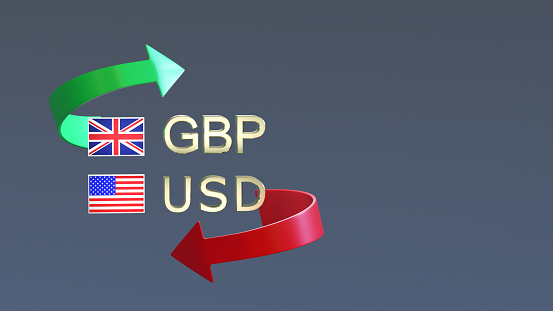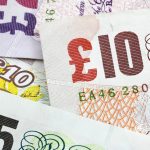The Pound Sterling GBPUSD has emerged from the woods. And is marching north after the UK’s monthly Gross Domestic Product (GDP) figures met forecasts. The GBPUSD pair has reached a new two-week high. As an analysis of UK economic indicators suggests. That the Bank of England (BoE) may increase interest rates further.
Stubborn food inflation and severe labor shortages are major concerns for BoE officials. As the United Kingdom’s present economic situation worsens. Inflationary pressures are four times the target rate. Meanwhile, the lack of signs of a decrease in inflationary pressures reinforces the need for the UK central bank to raise interest rates further.
The GBPUSD is safely over 1.2600.
The Gross Domestic Product (GDP) of the United Kingdom increased by 0.2% on a monthly basis in April, as expected.
Monthly Industrial Production and Manufacturing Production in the United Kingdom fell 0.3% faster than predicted in April.
According to the UK Office for National Statistics (ONS), the goods trade deficit has shrunk to 14.996 billion GBP.
Labor shortages and 19% food inflation remain important drivers of inflationary pressures in the United Kingdom.
Individuals’ attitudes towards early retirement and the Brexit event Following Covid, there have been main sources of labor shortage.
In Aril, the three-month unemployment rate fell to 3.8%. The Claimant Count Change declined by 13,600, exceeding experts’ expectations of a decrease of 9,600.
Firms’ payroll expenditures for new hires have increased due to a lack of talent. Average Earnings Excluding Bonuses increased 7.2% in April, far exceeding the market consensus and the prior release of 6.9% and 6.8%, respectively.
The Bank of England’s policy tightening prospects have been boosted by May’s UK employment figures.
The Bank of England’s current interest rate is 4.5%, and another 25-basis point (bps) boost will raise rates to 4.75%.
Andrew Bailey, Governor of the Bank of England, claimed that inflation will fall, but Speaking before the House of Lords Economic Affairs Committee will take longer than expected.
According to Catherine Mann, a policymaker of the Bank of England, “wage increases of 4.0% would be a challenge to returning CPI to 2.0%.”
Current UK inflationary pressures suggest that UK Prime Minister Rishi Sunak will be unable to keep his pledge of halving inflation by the end of the year.
The US Dollar is attempting to regain its footing ahead of the Federal Reserve’s (Fed) interest rate announcement.
The Fed’s prospects of keeping its policy rate unchanged after its June 13-14 meeting have improved due to a soft landing in US inflation, weakening labor market conditions, and lackluster economic activity.
Technical Outlook: Both the short-term and long-term trends are optimistic.
The Pound Sterling has steadily risen. over the round-level resistance of 1.2600, as market traders saw the downward move to roughly 1.2490 as a buying opportunity. The Cable is approaching its yearly high of 1.2700 as the Bank of England raises interest rates, reducing the Fed-BoE policy gap. Moving 50- and 200-period Exponential Moving Averages (EMAs) on an intraday timescale indicate a bullish short- and long-term trend.
The GBPUSD pair’s sentiment would strengthen further if it managed to break through a two-month high around 1.2620. If the Cable falls below June’s low at 1.2370, the Pound Sterling may lose strength.








